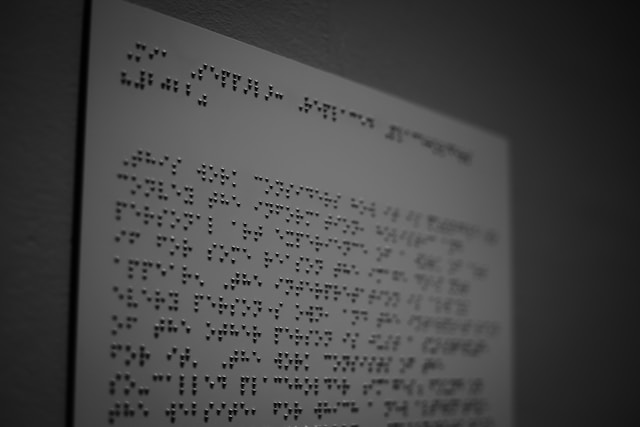Language Learning versus Language Acquisition

Unsplash NONRESIDENT
Hey there, language learner! Language acquisition might sound challenging or maybe impossible, but here is a special trick to make this adventure a little easier for you.
Did you know that there is science behind language acquisition?
Let’s first start by comparing language learning to language acquisition. Both sound the same, but they are quite different.
Language learning (LL) is the process of actively trying to learn and understand a language. LL happens more consciously and is more likely the result of formal teaching. Perhaps, like how a second language is learned.
On the other hand, language acquisition is the process of gaining language knowledge naturally. This happens subconsciously and is similar to how a child picks up their first language.
Between the two, language acquisition is known to be the most efficient way of learning a foreign language as it provides the learner with more practical knowledge.
Learning a second language is fun! Most of the time, you were taught a second language at school as an academic requirement or you were taught another language at home. It doesn’t matter how you learned the second language, what matters is that you were exposed to one. However, if you don’t practice the language you learned and acquired, then there’s a possibility that you might forget it. And that’s not fun.
Instead of learning to forget, let’s talk about learning to remember –– the steps for language acquisition. Maybe one day you can engage in a multilingual conversation or just really understand a text in a different language.
Step 1:
Figure out what language you want to learn. Maybe you want to learn Turkish to better understand your favorite Turkish movie or maybe even Pig Latin. The choice is yours.
Step 2:
Once you’ve found your target language, set a goal. Your goal could be anything from learning enough Spanish for a summer vacation in Seville or learning enough Korean to talk to your grandparents. Be specific with your goal because you want to use this as a guide to help you throughout the process.
Step 3:
Learn your target language by reading meaningful stories. Find stories you want to hear, stories you are interested in reading. The more captivated you are with your chosen stories, the more likely you will stay loyal to learning your target language.
Make sure you are having meaningful interactions with your target language because language acquisition is all about natural communication. Try practicing your skills by talking to people who speak the same language!
Step 4:
Repeat Step 3! You need a lot of input to acquire a language. The more you read, the more vocabulary you learn, the more you are exposed to your target language. When it comes to language acquisition, you learn grammatical rules naturally through observation and interaction. If you encounter unknown words, look up their definition.
It’s important to keep in mind that language acquisition focuses on communication and it requires a lot of time. You will make a lot of mistakes along the way, but that is part of the process. Believe in the process and in due time, you will master your target language!

Beelinguapp has 14 languages to choose from. It has stories from your favorite classics to thrilling adventures. Not to mention relevant news articles and a playlist of international music. Try it now and start reading a story in your target language!


